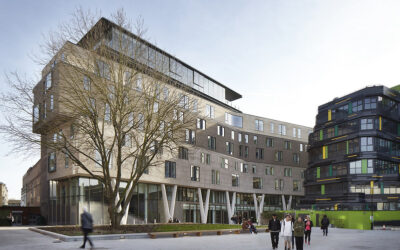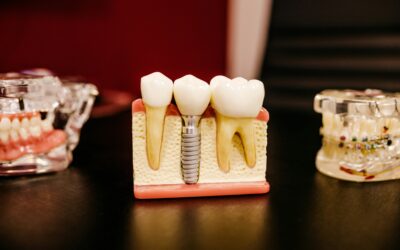What is endoscopy?
By Anoushka

Endoscopy is a surgical procedure performed using an endoscope. An endoscope is a long, flexible tube with a light at the end made from a bendy type of glass called an optical fibre.
The endoscope is inserted through a passageway into the human body – for example, through the airway, intestine, vagina, or urethra. There’s a custom-made endoscope for each passageway.

Light from the end of the endoscope bounces off structures inside the human body, then travels along the optical fibre within the endoscope until it reaches a computer. This computer creates an image of the inside of the passageway encountered by the endoscope.
The images are used to diagnose cancer, bleeding, inflammation, and abnormal skin or contents inside human passageways.

Sometimes, other devices in addition to the light are added to the end of the endoscope. Here are some examples:
- Scissors and tweezers remove unwanted tissue.
- Heated loops of wire called diathermy probes make bleeding blood vessels shrivel up.
- Biopsy needles can pinch out small bits of tissue to remove from the body for examination using a microscope (biopsy needles work like potato guns).
What’s it like for a patient having endoscopy?
- Endoscopy is a relatively safe type of surgery, and patients do not need to spend a night in hospital.
- Patients are usually instructed to stop eating 6-8 hours before endoscopy and stop drinking 2 hours before. For a colonoscopy (where the endoscope is inserted through the bum into the large intestine), patients must completely empty their bowels, enabled by a medication called a laxative.
- During the endoscopy, patients may be given sedative medications which decrease their ability to feel pain, and blur their memory of the procedure.
- After the endoscopy, patients are instructed to take it easy for the rest of the day – for example, getting a lift home from hospital and not carrying heavy objects. Usually, patients can resume normal activities the day after their endoscopy. Occasionally, a patient may suffer bleeding or infection in the passageway where the endoscope was inserted. Sometimes, this can be serious enough for the patient to have to return to hospital for treatment.
Nevertheless, the endoscope is a very clever machine used for making important diagnoses and delivering useful treatments.


